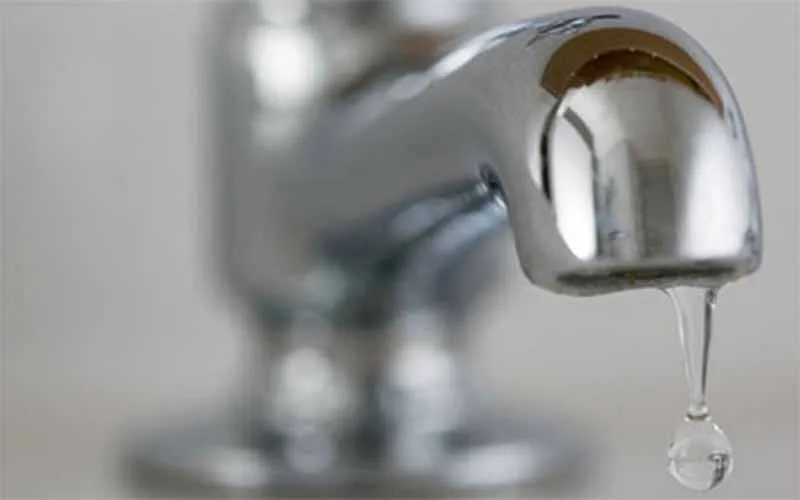Srinagar: The government of Jammu and Kashmir is actively working to ensure that every household in the region has access to functional tap water connections under the Jal Jeevan Mission (JJM) scheme.
As per the official figures, around 3161 schemes including 1355 in Kashmir have been formulated with 6716 works including 2286 works are at various stages of execution.
The ongoing works include the installation of 1266 bore wells and tube wells, 554 overhead tanks (OHTs), and 465 rural piped water supply (RSFP) schemes.
Notably, JJM scheme aims to provide tap water connections to all rural households, with a specific focus on reaching those in remote and hilly areas.
Talking to Greater Kashmir, Mission Director JJM J&K, G N Itoo said the total target for coverage of rural households in Jammu and Kashmir under the JJM scheme is 18.68 lakh, out of which 8.46 lakh are in Kashmir.
“As of now, approximately 66 percent of households have been covered with tap water connections,” he said.
As per the policy, the JJM scheme aims to cover 100 percent of rural habitations with a minimum of 20 households.
“For those that do not meet this criterion, alternative schemes such as Capex, NABARD, and Amrut, which are urban-centric, may provide water supply options,” G N Itoo said.
He said the Jal Shakti Abhiyan campaign, implemented nationally and in Jammu and Kashmir, focuses on source sustainability as its primary objective.
He said to ensure the provision of clean and safe drinking water, around 27000 women in Jammu and Kashmir have received training in the use of Field Test Kits (FTKs).
“Additionally, a network of 98 water testing laboratories at the district and sub-divisional levels has been established as well,” he said.
He said the trained staff members conduct regular tests to monitor source contamination and take remedial measures when required,” Itoo said.
Meanwhile, one of the major challenges faced by the government is reaching every household in rural habitations, which often include scattered and high-altitude areas.
“Establishing infrastructure in such areas requires meticulous planning, extensive efforts, and substantial financial implications,” G N Itoo said.
He further said that finding sustainable local water sources in each habitation poses a challenge. “The approach involves tapping into nearby sources and recharging existing ones. In areas where groundwater is the only source available, drilling successful bore wells can be a matter of chance. If a bore well fails, finding an alternative source becomes an additional challenge,” he said.
However to overcome these challenges, the government has been repackaging works to attract resourceful contractors who are more inclined toward larger projects.
“The bidding capacity and participation of local contractors in the tendering process have been addressed to ensure smooth execution. The entire process is conducted transparently, maintaining fairness and integrity,” he said.
G N Itoo said the involvement of local communities is a distinctive feature of the JJM scheme as the government considers the local community as the key stakeholder in various aspects, including planning, source identification, monitoring, operation, and maintenance.







